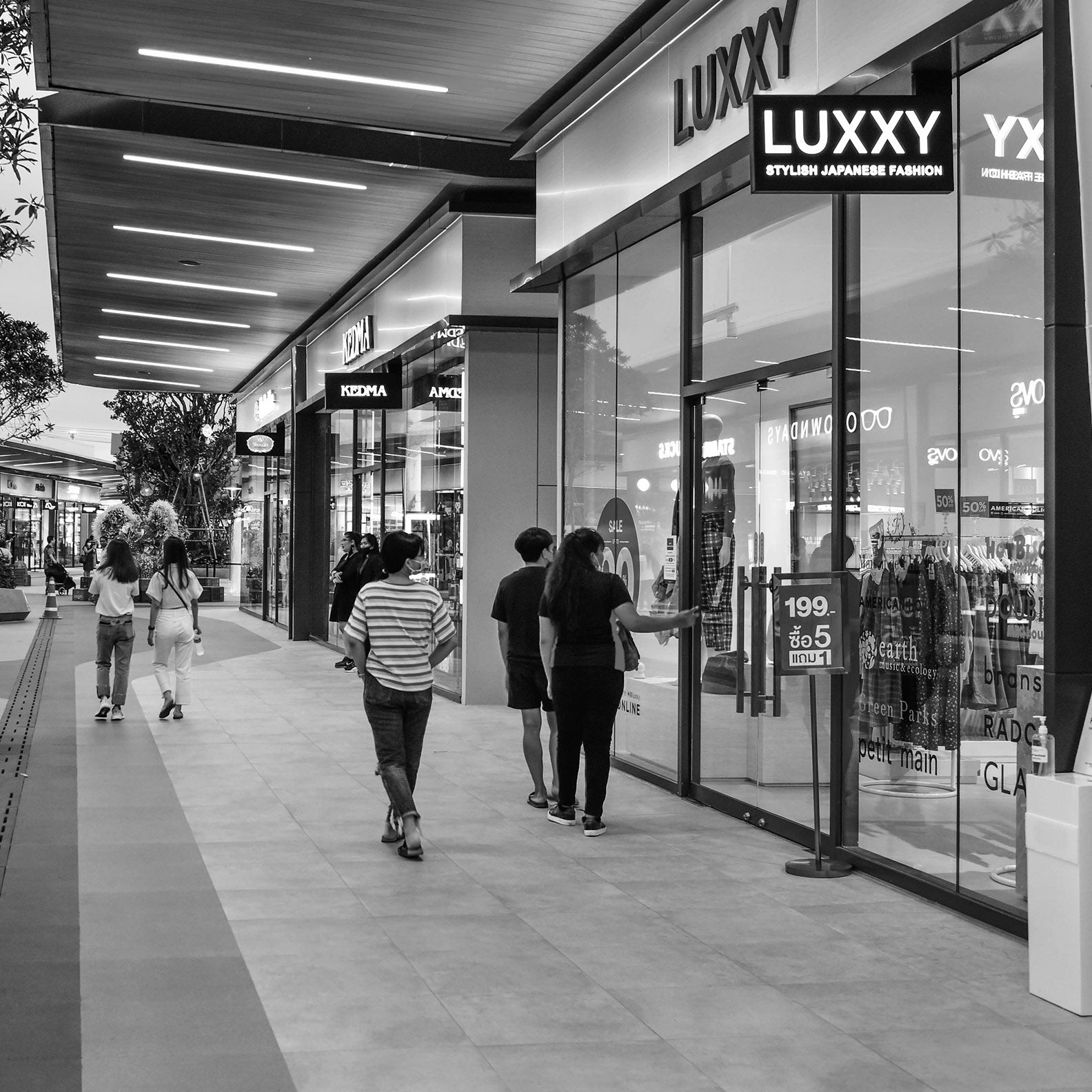E-commerce, The Not-So-Evil Twin

It happened. Brick-and-mortar officially got played by e-commerce, the evil twin. Some will remember old talks and fears of cannibalisation between digital and physical stores; the former selling out the inventory of the latter. Too many retailers, who relied so heavily on the “customer experience” to shield itself and avoid having to address inevitable change in the industry, let their guard down and are now paying the ultimate price of potential irrelevancy.
At this point, I can easily say that I spent more than half of my life in the retail space. At a young age I worked at a music shop, sold branded credit cards in a department store as a teenager, stocked the shelves in a pharmacy, managed a store part-time while in high school, worked through the fall of the San Francisco Group and then the rise of the Aldo Group while in my college years; I still remember the days before e-commerce hit the scene.

Some might not remember or perhaps, even know, that it was possible to order an item in a different color or size in the 90s. Selling the available inventory was the preferred way to go until the idea of selling to a customer exactly what they wanted made its way on the list of expectations. This forced many retailers to leverage store-to-store deliveries either through regular shipments or simply by having employees drive around town, much like UPS drivers do today.
As the years past, it became obvious that ordering services and in-store pick-up services were simply not enough to please the customers’ growing needs. Shipping an order where they wanted to receive it was the beginning of an era that would not only bring e-commerce to fruition but that would bring traditional commerce, more specifically malls, to their knees, begging for mercy.

Retailers, eager to profit from e-commerce, developed many innovative ways to satisfy customers. Overtime, it became clear that the speed at which a customer would receive purchased goods would become the next big differentiator. Retailers could have used the logistics angle, the how and when of any e-commerce process, to drive a holistic experience that would bring the best of both worlds together, but instead, focused on heavy infrastructure and massive systems upgrade.
I remember a time when going online was mainly about getting better informed before going to a store to make the purchase. Now, in a time of crisis, e-commerce became the only viable lifeline for the retail industry. If today, shopping online is a necessity, be sure that tomorrow, it will be a way of life. All things considered, maybe Brick-and-mortar did not get played, maybe it got saved by its not-so-evil twin.
- Log in to post comments


